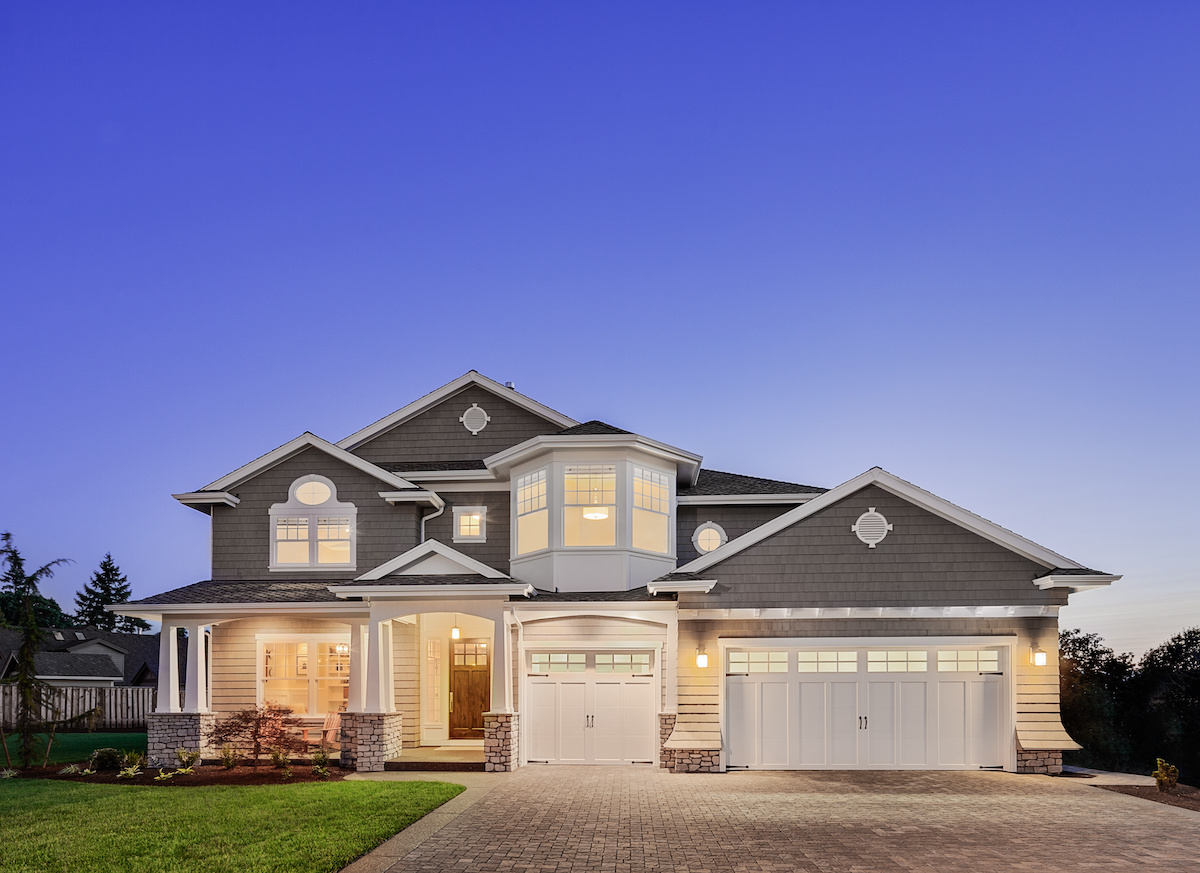A significant chunk of planet-heating emissions generated by the U.S. (20%) can be attributed to heating, cooling, and lighting the country’s 128 million homes. The Guardian reports that American homes use twice as much energy compared to the average British home and 10 times that of the average Chinese household. Moving the country toward zero emissions will require big changes to the construction of new buildings, according to a recent report from the International Energy Agency. To achieve this by the middle of the century, the report says fossil fuel boiler sales must end within five years, new buildings must run on clean electricity by 2030, and half of all existing buildings must be retrofitted by 2040.
“The appliances we use at home have tended to be overlooked but they are contributing a significant amount to climate change and we need to address that,” said Mike Henchen, an expert in carbon-free buildings at RMI. “That will touch people’s lives – our homes are our refuges, the places we know best. But hopefully the change will also make people’s homes more comfortable, safer and healthier, as well as reduce the climate impact.”
So what will the climate-adapted homes of the future look like?
Designing the home to use less – and cleaner – energy
Changes on both the outside and inside of our structures will shape the future of climate-proof homes. According to Alejandra Mejia Cunningham, building decarbonization advocate at the Natural Resources Defense Council, homes will have to follow three interlocking mantras: “using the least energy possible from the cleanest sources at the right time”.
Solar panels on roofs will become more common while, in rented or apartment accommodation, community solar schemes could provide an alternative. Solar panels can also be married with home batteries to help store excess energy which, along with proper insulation, will help keep a house functioning even during the sort of lengthy power blackouts Texas experienced earlier this year.
Such a scenario opens up the possibility of utility companies operating an automated network of homes, as is the case in parts of Vermont, to manage demand and supply, rather than rely on hulking centralized infrastructure. “Having solar panels, batteries and water heaters all orchestrated and distributed makes the home a part of the energy system and can provide a lot of savings,” said Henchen.
Power use will become smarter and more automated, with technology helping spread energy use throughout the day to work in tandem with a grid powered by variable wind and solar, rather than cause big surges in demand that require the burning of gas or coal.







